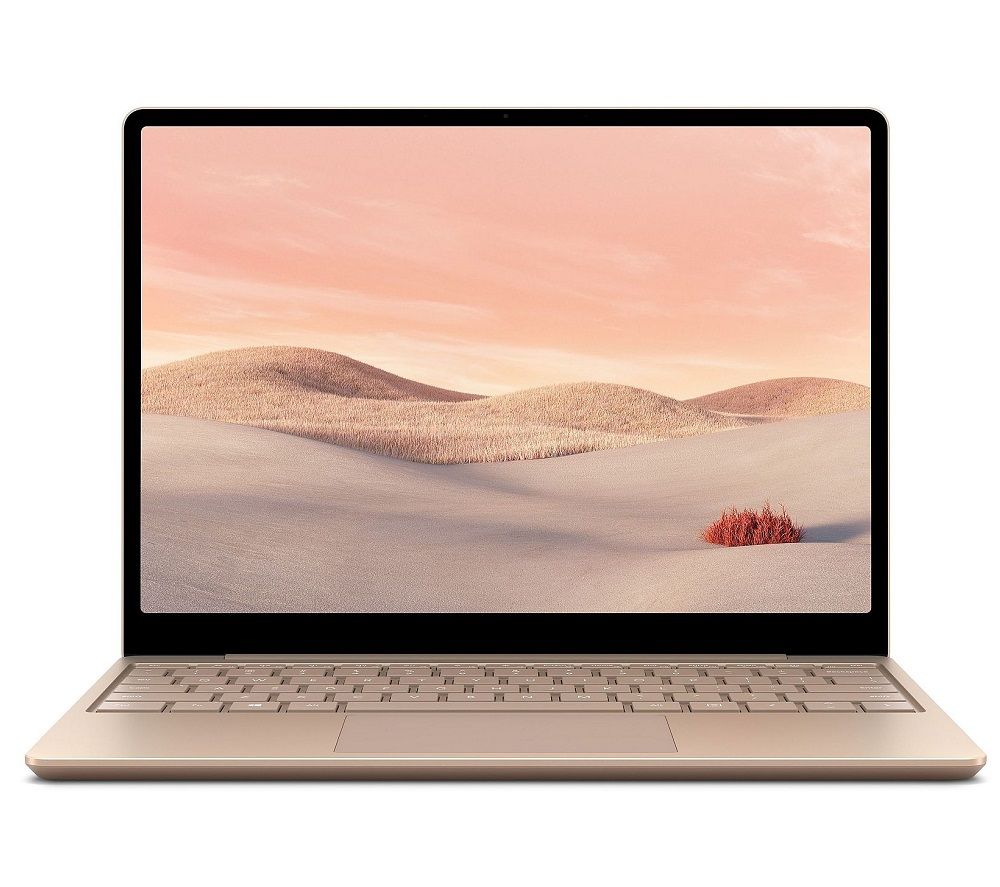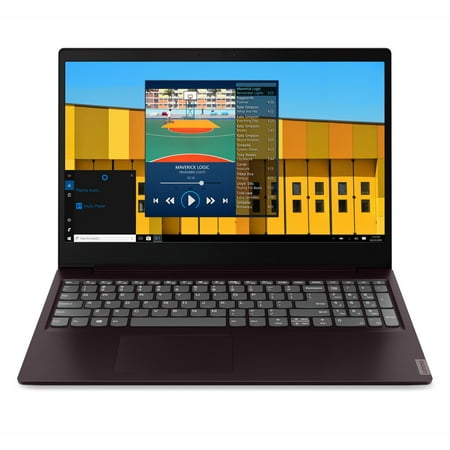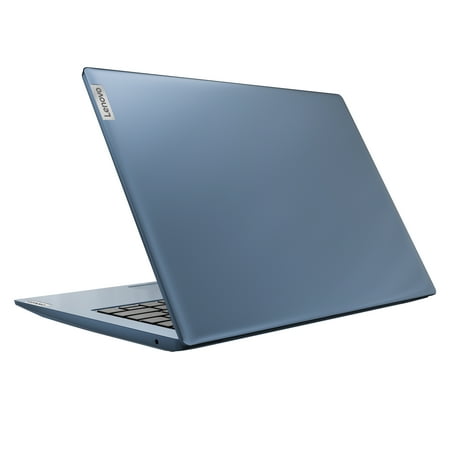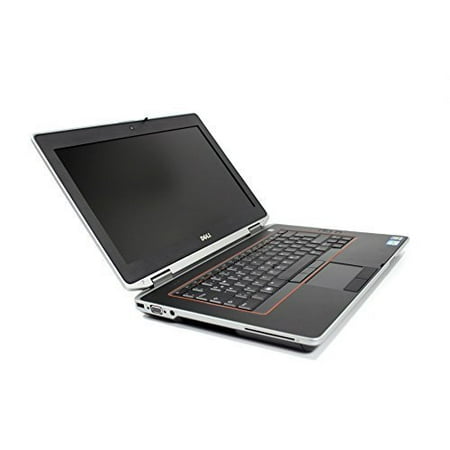MICROSOFT 12.5″ Surface Laptop Go – Intel® Core™ i5, 128 GB SSD, Sandstone
Windows 10 S. Intel® Core™ i5-1035G1 Processor. RAM: 8 GB / Storage: 128 GB SSD. Battery life: Up to 13 hours.
Lighter than ever
Work, stream and swipe anywhere with the Microsoft 12.5″ Surface Laptop Go.
It’s the lightest Surface laptop yet. Weighing just over 1 kg with a sleek, ultra-slim design, wherever you’re headed, it’s easy to take with you. Plus, with an impressive 13 hour battery, there’s no need to bring a charger along.
More power to get things done
Get everything done without being slowed down thanks to the powerful 10th generation Intel® Core™ i5 processor. Work on your projects while streaming a movie on Netflix at the same time – you’ll have the muscle power to do everything. The vibrant PixelSense 12.5″ touchscreen is great for working, creating, or just sharing photos with friends.
Do more with Windows 10
Get started right away with confidence. With Windows 10 S you can enjoy the familiarity of Windows and create your best work with Microsoft 365 (subscription required). Take advantage of helpful time savers, including password-free sign in with Windows Hello, and Cortana, your intelligent personal assistant.
Microsoft Office & internet security
If you use Word or PowerPoint all the time at work or school, you’ll probably want it on your laptop at home. Click on the Bundles tab above for a great deal on Microsoft Office. Want to protect yourself against viruses? We’ve got you covered with deals on internet security too.
Additional information
| Box contents | – Microsoft 12.5" Surface Laptop Go |
|---|---|
| Dimensions | 278.1 x 205.6 x 15.6 mm (H x W x D) |
| Weight | 1.1 kg |
| Manufacturer’s guarantee | 1 year |
| Software | * Full version of Microsoft Office not included Microsoft 365 (30 day trial) |






by Sophie
A great laptop, so easy to use, no hassle transferring everything over. One of the quickest I’ve ever had to set up. So quick to run up and shut down. Best I’ve had!!
by Khalid
Good screen quality, fast and long battery life.
by Erin
Very compact and touch screen is handy.
by Issie
Light.
by Laura
It’s extremely stylish, lightweight and easy to use.